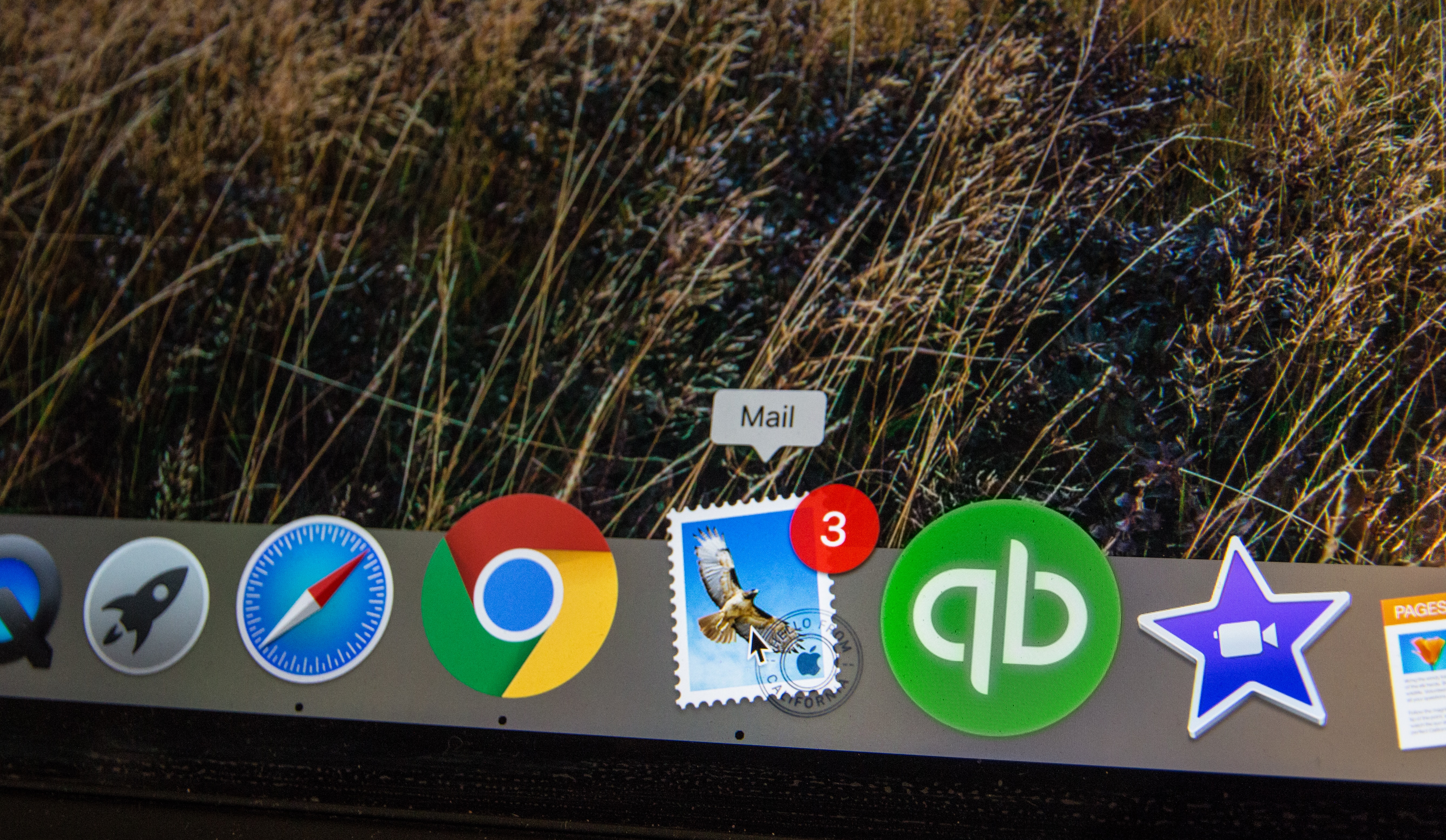We created a landing page for Sustainability Entrepreneur, and since then we ran a validation campaign from mid-July to the end of August 2019.
We invited people from targeted networks to visit the landing page and subscribe. We reached out through LinkedIn updates and private messaging to people in sustainability, carbon, energy, environment, circular economy, and more.

Over the course of the validation campaign, we monitored how many people signed up to the email list. Each person was registered onto our 6-week email course covering themes about idea generation and validation. Within the series of emails were some calls to action which required the reader to perform a task and show us their commitment. In the video below, you can see an assessment of those processes.
The results...
We received 2,000 clicks on the link and received 170 signups for the 6-week email course. Out of those 170 people, 7-10% took action on the calls to actions. The actions included things like filling out a survey, which could give us some interesting data about levels of commitment and indicate how much they would be willing to pay for the service. Another call to action was to attend a webinar, 13 people from 170 signed up and 6 people showed up to take part (you can read more about how we validate using the webinar here).
From the figures collected, you can see that we approached up to 6,000 people and got 170 subscribers and maybe 10% of those subscribers would become paying customers. Then we can do some maths and make some assumptions and say:
‘What if we got in front of 100,000 sustainability professionals? What would the figures look like then?’.
A standing start
The results put us in two minds. On one hand, it gives us great confidence as we know that we can ramp up the figures and get in front of a lot more people. This campaign was just over 6 weeks, there’s no accumulating effect, there was little SEO and no time for word of mouth or referrals to take place. Everything we achieved was from a standing start. We just messaged through LinkedIn and Twitter.
What about all the other channels? What could we achieve in a year?
On the other hand, we have a great deal to learn. We need to develop a more coherent social media strategy that goes beyond Twitter and LinkedIn. We need to look at the 170 people who signed up, who are they and what can we learn about our niche from them? We need to host more webinars, find out more about our customers and what they’re dealing with. We need to delight and inspire people on our email list so that they feel inclined to tell other people about the service and really help us design our offering around them. That’s validation part two.
We need to find out why only 10% of our subscribers took action. What happened to the others?
Once we can find that out, we can have a very good idea about how our service is delivered. To do that, we’ve brought in some mentors, and we are going to bring in even more. We’re going to design more webinars that answer more questions. By the end of the next campaign, we will have a lot more data to look at. We need to solve problems and we cannot do that blindly.

Summary
In summary, this service is not quite validated yet. We need this next stage to help us do that. We are excited and stimulated and our team is growing and our talent and resources are expanding. The next stage is likely to run from the last week of September until November TBC. Let your friends know!
